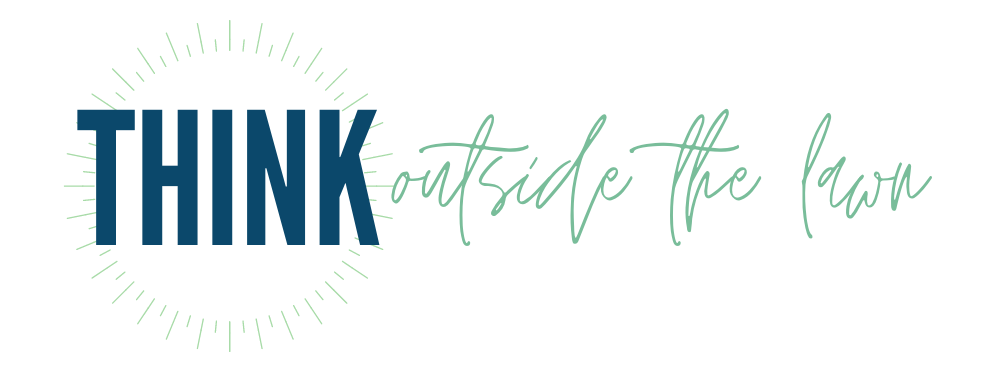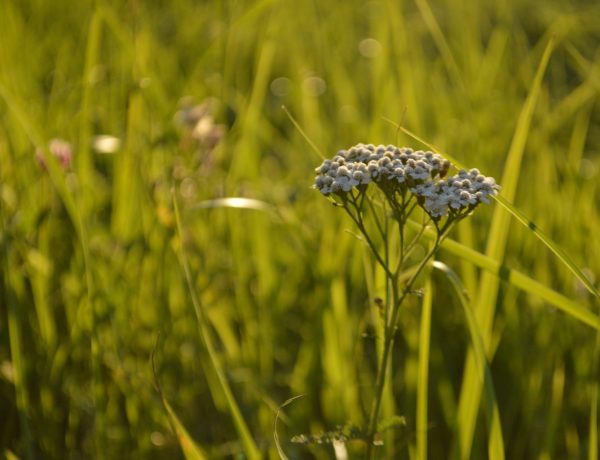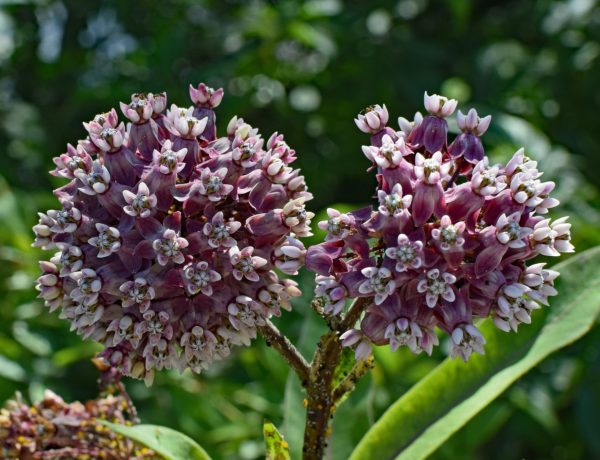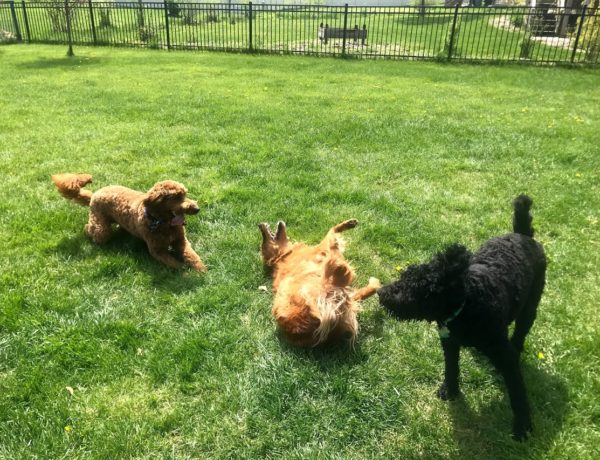A lot of people tell me they’re interested in switching their traditional grass lawn over to a clover lawn. Now, a clover lawn could mean you are intentionally adding clover to your lawn, or it could mean you are planting only clover. Usually the people I encounter are considering a lawn made up entirely of clover — no other plants… a monoculture.
When you search Google Images for lawn alternatives you are sure to find some beautiful eye candy showing gorgeous, perfectly uniform lawns made up entirely of microclover, a cultivar of white clover bred to grow to a very short height. The human eye seems to be really attracted to simple, clean, and manicured. They like patterns and uniformity. I’m all for minimalism and simplicity, but nature often is not a fan. Nature wants diversity, chaos, checks and balances.
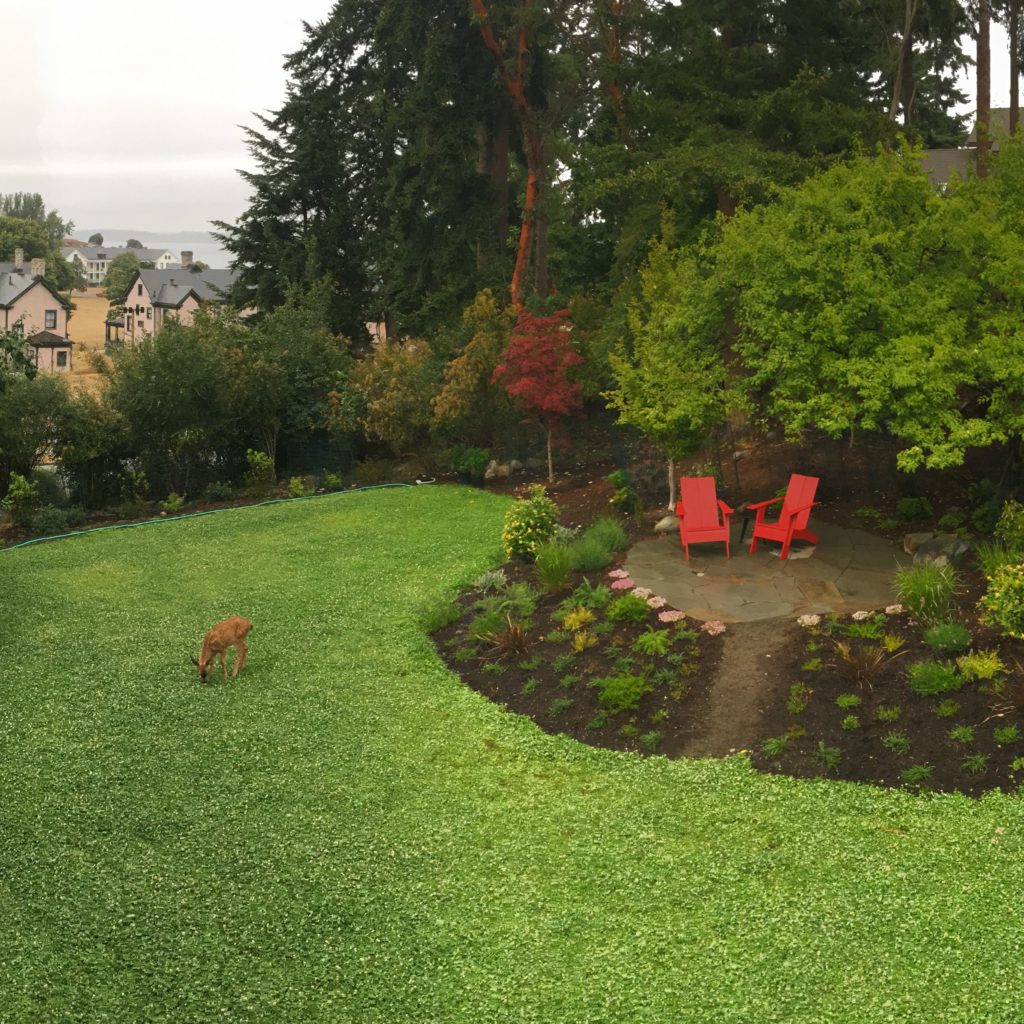
I think most people find appeal in a clover lawn because it doesn’t need to be mowed. It also would possibly need less watering and fertilizing (though that doesn’t need to be done in a grass lawn either). These points appear at first glance to equate to fewer resources — great! They might also be attracted to the fact that clover simply is not grass, so it’s counter-culture (also wonderful).
But while I applaud anyone looking into lawn alternatives, this particular approach has some major problems.
1. It’s still a monoculture.
Monocultures, cultivation of a single plant in a given area, are difficult to maintain, especially in medium moisture environments where clover thrives. You will be battling weeds if you want to maintain a clover-only lawn. Monocultures are also risky, because you’re putting all your eggs in one basket (or is it “seeds in one packet”?). If your clover fails, there are no other plants there to cover the soil and you’ll need to start all over again attempting to establish something in exposed soil.
2. Grass will show up.
Unless you consistently use a grass-specific herbicide, grass will grow in your clover lawn. If you are trying to maintain a clover monoculture, this means you will either have to spray or pull the grass. Pulling grass, especially in an area the size of a lawn, would be exhaustive or in some cases outright impossible. If you don’t spray or pull the grass, you will need to mow the grass to avoid fines if you live in a city (most cities have ordinances limiting grass/weed heights). All of these options directly contradict many of the reasons most people are looking into a clover lawn.
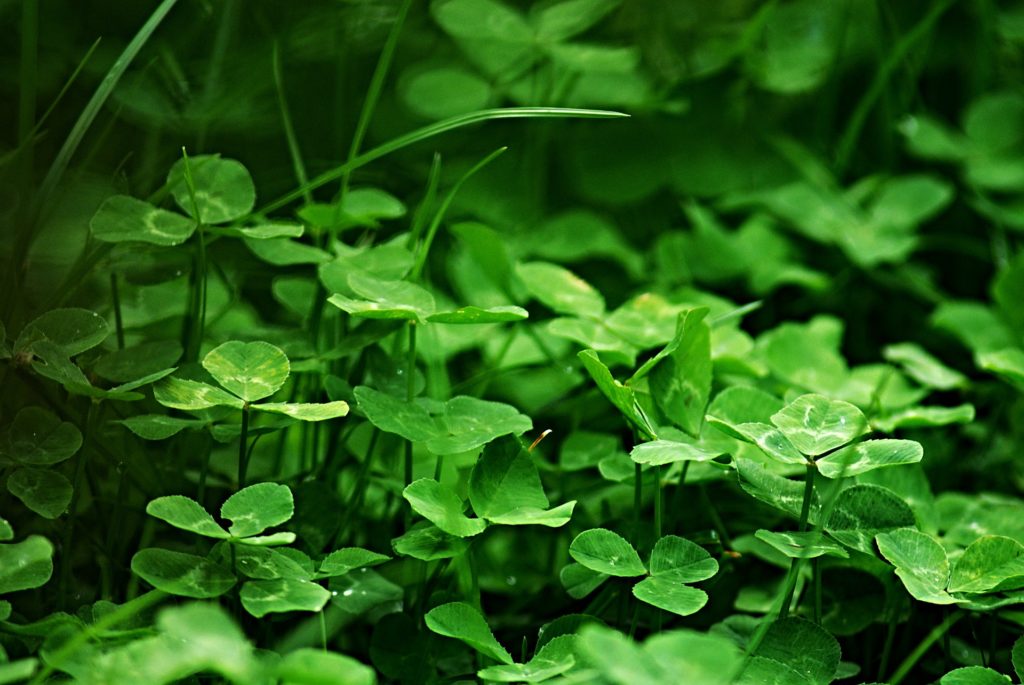
3. It has less foot traffic tolerance.
Clover isn’t quite as tolerant of foot traffic as grass. For example, if I were to go outside and practice Taekwondo forms in the lawn, and I picked a spot that was more clover than grass, the repetitive spinning and pivoting would completely tear up the delicate clover stems and leaves. In comparison, grass can withstand much more abuse. I can practice for an hour in the same spot on grass, and it’ll just be flattened and spring back to full force within a day or two.
4. It’s less aggressive.
Clover is simply less aggressive than grass in spreading and growing. When you are trying to grow a lawn, this quality is highly desired. That’s why grass is used in high foot traffic areas. It’s a tough plant, but it also grows and spreads like crazy, so even if the plant is harmed, it just rapidly clones and reseeds and all is good again.
5. It dies back in the winter.
Clover also dies back in the winter and needs to grow back from the roots in the spring. So there will be a period of time where there is no ground cover. And what do you get when you mix zero plant cover with spring rain? Yes, mud. With grass, the plant above the soil stays intact but goes dormant. Then it springs back to life in the spring. Even before it’s green, it’s still there, covering the soil in a thick mat and preventing erosion and mud pits.
6. It’s resource intensive.
A clover monoculture lawn will be just as hard to maintain as a grass monoculture lawn. It may require herbicides or hours and hours of labor pulling grass and weeds. And it may need to be watered in times of drought. Plus, if you currently have a grass lawn, you will need to kill or remove the current living plants to sow the clover seeds. Then you will need keep everyone off, water consistently, and battle a major onslaught of weeds who will flock to your exposed soil until the clover is established.
My opinion
What I foresee for people who try to convert to a clover lawn is that they will eventually give up the battle against the grass and start mowing it. What they will end up with is a grass lawn with clover — which is great because clover is a very useful and beneficial additive to lawns (it fixes nitrogen), along with other great plants that tolerate mowing and foot traffic. But, it would have been a lot easier, cheaper, and less painful, to have just started off adding some clover seed into their grass lawns.
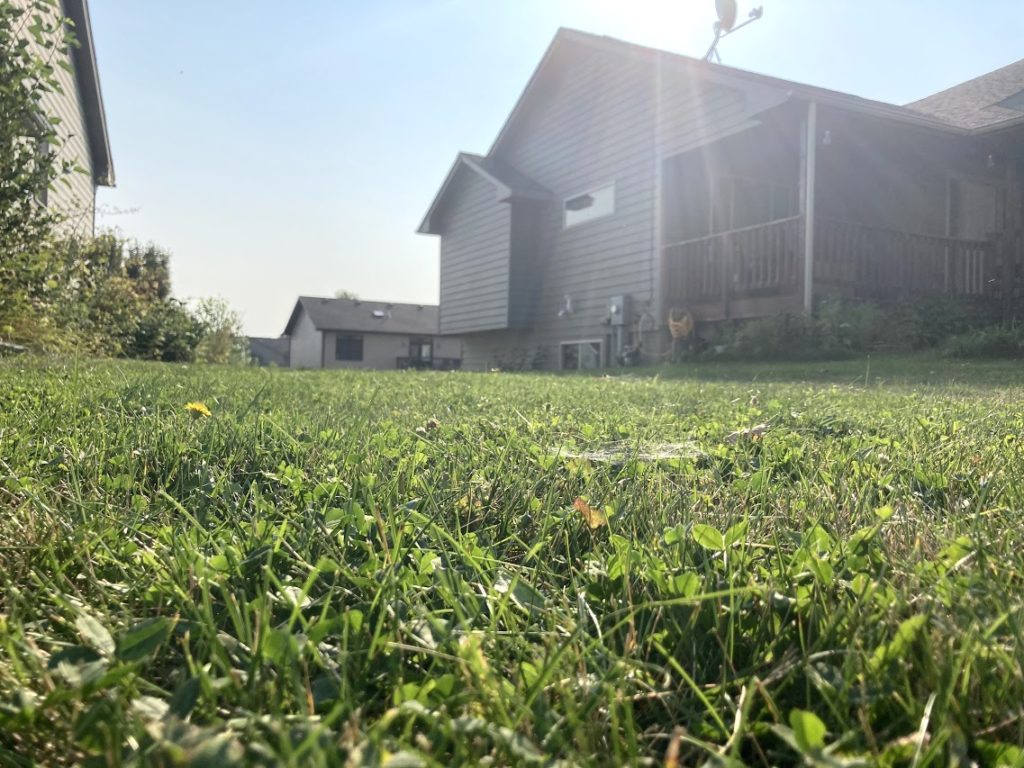
The bottom line: If you need a lawn (find out here) use grass, but also allow biodiversity so it’s less boring, cheaper, easier to maintain, and better for the local ecology. Plants that show up in your lawn and stay there, are plants that want to grow in those conditions. As long as they are not considered invasive species let them grow! All plants have evolved to be here because they serve a purpose in their ecosystems. Nature has handed them to you as a gift. Learn what each plant is — most weeds also have human uses, too. They might be edible or medicinal or useful as cut flowers. They might also help fertilize and/or aerate your lawn and give food to wildlife. When you open your heart and your lawn to a variety of plants, amazing things happen.
